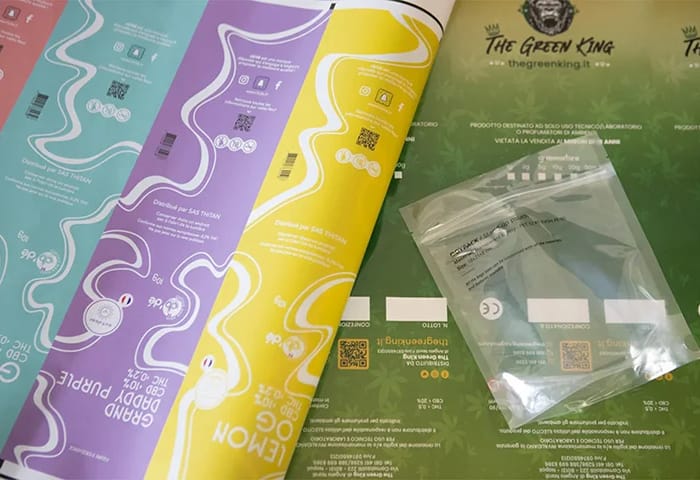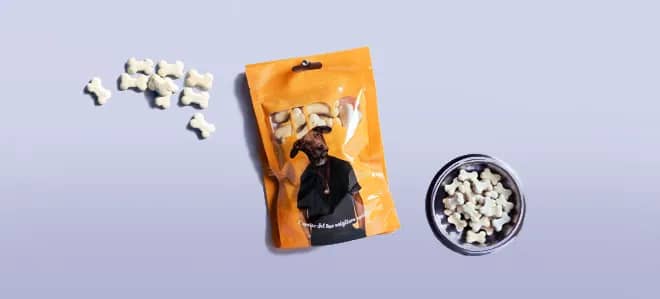Warenkorb

What do we mean by primary packaging?
Primary packaging, secondary packaging, tertiary packaging. Products which are securely stored, transported, and sold need to be packaged in a wide variety of materials (from paper, glass, plastic, cardboard, to wood and metal), depending on the needs of the product. There are three main levels of packaging: primary packaging: this is the minimum level of packaging, that is to say the container that comes into direct contact with the product, such as a blister pack on medicines or a drinks can, for example; secondary packaging: this is the packaging that contains several other products in their primary packaging in order to facilitate their safe sale or transport, for example a case containing bottles of water; tertiary packaging: this is the packaging used by the retailer to transport several secondary packages to the shop, such as pallets or the boxes used for shipping. The world of product packaging, contrary to what you might initially think, is vast and complex: there are various types of packaging and, based on certain specific characteristics and functionality, we can talk about primary packaging, secondary packaging and tertiary packaging. Let’s take a better look at what is meant by these definitions and, in particular, what primary packaging is. What primary packaging is Primary packaging, more precisely, is packaging that comes into direct contact with the product and is essential to preserving it, for its sale or transport: it can almost be considered as one piece together with the product. EU directive 94/62/CE defines it as packaging “designed to constitute one sales unit at the point of sale to the end-user or the consumer” and for this reason is also known as “sales packaging”. The primary packaging is therefore an integral part of the product itself, as can be appreciated, for example, when considering a plastic tube for toothpaste, packaging for pasta, a shampoo bottle or a jar of tomato sauce. The main functions of primary packaging are the following: protection and safety: the primary packaging keeps the product intact, does not come into contact with the surrounding environment for reasons of hygiene, and is stored in compliance with the legislation in question, without being contaminated or altered. Therefore, the type of primary packaging used (shape, material, etc.) is essential for maintaining the quality and correctly preserving the product; identification: primary packaging allows the product and all of its characteristics to be correctly identified, it allows its constituent ingredients to be indicated, and all of the legally required information to be provided to the customer, including, for example, the batch number, product origin, expiry date, disposal instructions, and the bar code or QR code; communication and promotion: primary packaging is often designed to be catchy and appealing to customers. Indeed, it has a strong aesthetic component that is necessary for attracting the client’s attention. Through its use of materials, colours, design and images designed especially as a brand identity and as a promotional message, it should induce the customer to purchase the product; sustainability: primary packaging is increasingly meeting the need for sustainability, being designed to be as basic as possible, consisting of the minimum number of materials possible, and if possible completely recyclable. Primary packaging may sometimes be reusable, in other cases, this is not possible and must in fact be disposed of in accordance with the correct waste recycling legislation.





